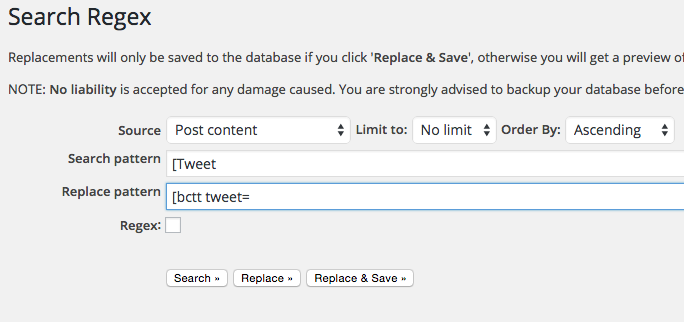Hey, remember that time I switched my cell phone service from AT&T to Republic Wireless? Since that day, I’ve pocketed about $1800 in savings. I did spend $600 on two phones, so it took some time to break even. But, it’s about time to revisit the subject with a review of the service so far, with the luxury of 18 months of usage.
TL;DR version: why in the world are you still paying hundreds of dollars per month per smartphone? Sign up today and switch.
First, the “bad.” The key to this whole affair is wifi calling, so if you don’t have a strong wifi signal where you are most of the time, it’s not worth it. Also, since I work and live in a spot known for bad cell reception (regardless of carrier) there have been some dropped calls when switching off of the wifi network. It was worse early on.
What I keep coming back to is this: is it annoying to drop a call, or to have to wait 6 seconds for a call to connect? Yes. But it’s not as annoying as spending $100 more per month, by a long shot.
Now, the good. Dealing with this company has been a breath of fresh air. I had a great Republic Wireless shirt that was my favorite, and accidentally got some bleach on it while cleaning the bathroom at home. So, I tweeted at them and got an immediate response:
@benUNC D'oh. All ya gotta do is ask. Shoot us a DM with your size and address.
— Republic Wireless by DISH (@republicwirelss) May 13, 2015
Instead of just mailing me a shirt (which would be above-and-beyond anything AT&T ever did for me as a customer), they sent a freaking care package:
https://twitter.com/benUNC/status/614004174389383168
It’s almost like they are running this thing for the benefit of their customers, not their shareholders. That’s a novel idea.</sarcasm>
Company culture aside, the other thing that has blown me away has been that they don’t seem to be trying to get me to upgrade my 18-month-old phone, because they are still supporting it by working hard to release updates for the software!
I used and supported top shelf Android phones when I worked at AT&T. Not a single one of them ever received a major software update to the next version of Android at the 18-month mark. AT&T wants you to do one thing only at the 18-month mark: re-sign a contract. I can’t fault them for that, but it sure is refreshing to have a company that seems to be content to wait until my phone is actually obsolete before they toss it aside. I’ll keep you posted, but I’m hoping to make it at least to the 3 year mark before I’m swallowed up by my own need for the latest hardware.
The bottom line is that knowing what I do today, I’d only change one thing about switching to Republic Wireless:
I’d switch sooner.
If you do end up switching, it can’t hurt to use my referral link: http://benlikes.us/republic



